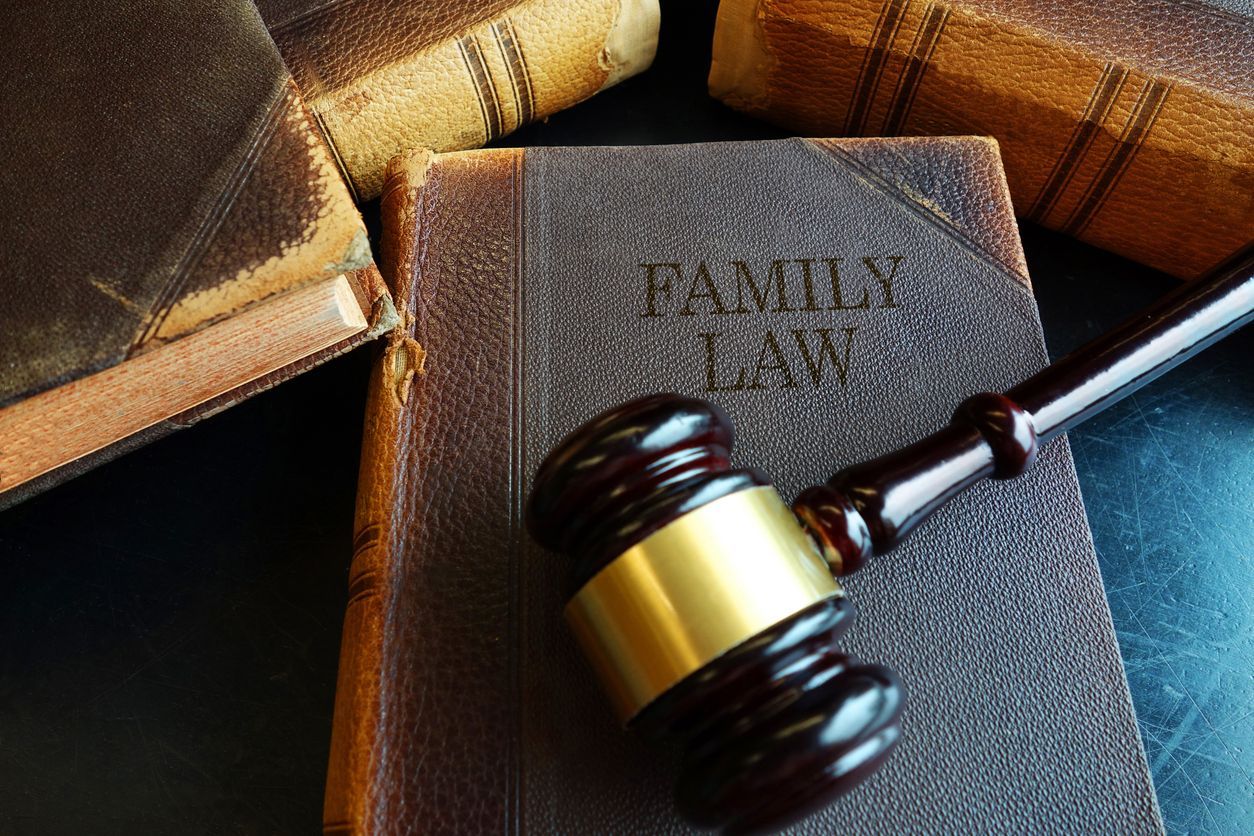Boundary Disputes In Missouri
Finder Law Serves Clients Across Jefferson City, Columbia, and Central Missouri
Navigating Boundary Disputes in Missouri: A Guide for Property Owners
Boundary disputes are a common and often frustrating issue faced by property owners across Missouri. Whether you're dealing with a disagreement over fences, trees, or property lines, understanding Missouri's legal framework can help you address these issues effectively. In this blog post, we'll break down what you need to know about handling boundary disputes in the state, including how property lines are established, common causes of disputes, and steps you can take to resolve them.
Understanding Property Boundaries in Missouri
Property boundaries are the invisible lines that divide one parcel of land from another. These boundaries are typically established through legal descriptions found in property deeds, surveys, and plats. In Missouri, as in many other states, the physical markers that denote boundaries—such as fences, trees, or walls—are often used in practice, even if they do not exactly align with the official legal descriptions.
A dispute occurs when two or more property owners disagree on where the boundaries lie. Boundary disputes can be challenging, as emotions run high, and sometimes, physical markers (like fences) may have been in place for years or even decades.
Common Causes of Boundary Disputes
Boundary disputes can arise from a variety of situations. Some of the most common causes in Missouri include:
- Misunderstanding of Legal Descriptions: Property deeds and legal descriptions may contain unclear or ambiguous language. If two neighbors interpret the descriptions differently, a dispute can arise over where the boundary actually lies.
- Encroachments: One property owner may unintentionally build a structure, such as a fence, shed, or driveway, that crosses onto a neighbor's property. This is known as an encroachment. Even if done unintentionally, an encroachment can lead to a conflict if one party wants the structure removed.
- Trees and Overhanging Branches: Disputes can occur when trees grow near property lines, with branches or roots crossing over onto the neighbor's property. Issues of who owns the tree or who is responsible for maintaining it can also be points of contention.
- Adverse Possession: Missouri law allows for a claim of "adverse possession" under certain conditions. If a person uses another person's land openly, continuously, and without permission for a prescribed period of time (typically 10 years), they may be able to claim legal ownership of that land. This can lead to disputes when a property owner suddenly realizes that someone has been using their land without permission.
How Property Boundaries Are Determined
Missouri law provides a clear method for resolving boundary disputes. The first step in determining boundaries is to consult the legal description of the property, which can be found in the deed, plat, or survey. If a dispute arises regarding a boundary line, Missouri courts often rely on these documents to make a determination.
If the legal descriptions are unclear, or if there is no available survey, a property surveyor can be hired to physically mark the boundaries. Surveyors use historical records, legal documents, and fieldwork to pinpoint the exact location of property lines.
In some cases, past actions by property owners (such as longstanding use of a particular boundary or the placement of fences) may influence the outcome. Missouri courts may look at historical use patterns, allowing certain boundaries to be recognized even if they differ from the official description, under the concept of "acquiescence."
Steps to Resolve a Boundary Dispute
- Communication:
The first and most important step in resolving a boundary dispute is to communicate with your neighbor. Often, boundary issues can be resolved amicably through a simple conversation. If you and your neighbor are able to agree on the boundary, you may want to formalize this agreement through a written document.
- Hire a Surveyor: If discussions don’t lead to a resolution, the next step is to hire a licensed surveyor. The surveyor will assess the property’s legal description and determine the exact boundary lines. This can provide clarity and help both parties understand where the property lines actually fall.
- Seek Legal Counsel: If the dispute persists, seeking legal advice from a property attorney may be necessary. A lawyer can help you understand your rights and assist in negotiating or drafting a legal agreement with your neighbor. An attorney may also advise you on whether you have grounds for a claim of adverse possession.
- Mediation or Alternative Dispute Resolution (ADR): Missouri courts encourage parties to resolve disputes outside of the courtroom. Mediation or ADR can be a cost-effective and less stressful alternative to litigation. A neutral third party helps facilitate discussions and encourages the parties to reach a mutually acceptable agreement.
- Litigation: If all else fails, a lawsuit may be necessary. This is generally the last resort, as litigation can be time-consuming, expensive, and emotionally draining. In court, both parties will present their evidence, and the judge will make a final decision regarding the boundary dispute.
Legal Considerations in Missouri
- Adverse Possession: As mentioned earlier, Missouri law allows for claims of adverse possession. If a property owner uses land that they do not own (e.g., building a fence, planting a garden, or parking a car) continuously and openly for a period of 10 years or more, they may claim ownership of that land. However, adverse possession claims can be complex, so it’s important to consult with a real estate attorney if you believe this might apply to your situation.
- Boundary by Agreement:
Sometimes, property owners agree to boundaries that may not follow the official legal descriptions. This informal agreement may later lead to a dispute if the boundary is challenged. In Missouri, an agreement between neighbors to change a boundary line can be legally binding, but it should be documented in writing and signed by both parties.
- Boundary Line Trees: Missouri law also has specific rules about boundary line trees. If a tree straddles the boundary line between two properties, both neighbors are responsible for its care and maintenance. If one party wants to remove the tree, they must generally obtain consent from the other party.
Conclusion
Boundary disputes in Missouri can be frustrating, but they are often avoidable with clear communication, legal understanding, and proper documentation. If you find yourself in a boundary dispute, taking the time to resolve the issue through amicable conversation, professional surveying, or legal assistance can help you avoid costly and lengthy litigation. Always be mindful of your property rights, and consult with an experienced attorney if you're unsure about how to proceed.
By following these steps, you can ensure that your property rights are protected while maintaining good relationships with your neighbors. If you decide you need to hire an attorney to resolve a boundary dispute, Daniel Finder at Finder Law, LLC should be your first call. With over 10 years of experience in civil litigation, he has the knowledge, experience and expertise to help resolve your legal matter and protect your rights as a property owner.
This blog is for informational purposes only and does not constitute legal advice. For specific guidance, please contact our office directly.












